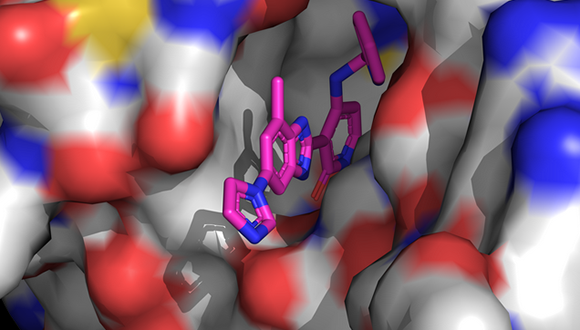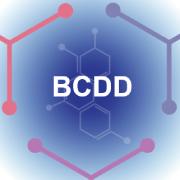Computational Services
CADD Tools |
- Protein structure modeling
Protein three dimensional structure prediction by homology modeling, threading or ab initio methods
- Molecular dynamics simulations
Molecular dynamics (MD) simulations is used to examine the flexibility of protein structures which may be essential for identifying an ensemble of binding site conformations, assessing the stability of ligands binding modes and analyzing mutation effects on protein structure
- Virtual Screening (VS)
Virtual screening approach aims to rapid and cost-effective identification of potential hit molecules for biochemical screening. Based on the target 3D structure and/or one or more compounds with proven activity against the target, VS techniques are applied to screen diverse compound collections
- Structure-based drug design
Structure based drug design techniques exploit protein structural information to identify and design new chemical entities. Protein-ligand docking is used to predict the positions and ranking of candidate molecules
- Ligand-based drug design
Ligand-based approaches subject a collection of molecules with diverse structures and known activity to develop theoretical predictive models. These models are then used for identification of new chemical entities. For this aim several approaches may be used: pharmacophore modeling, similarity searching and shape screening
- QSAR and QSPR modeling
In Quantitative Structure Activity/Property Relationship (QSAR/QSPR) the experimental information is exploited to generate mathematical models relating chemical structure of molecules to the biological activity or molecular properties. The generated model is usually used for hit optimization
- In silico Absorption Distribution Metabolism Excretion (ADME), toxicity and drug-like properties calculations
Various computational models are available for prediction the pharmacokinetics and disposition of compounds in vivo, based on the molecule physicochemical properties (e.g. solubility, pKa and permeability) and experimental biological data
- Chemoinformatics
Several data mining approaches are used in chemoinformatics, among them: descriptor computations, structural similarity matrix, and classification algorithms
- Peptidomimetics
Identifying compounds whose essential elements mimic a peptide or protein and that retain the ability to interact with the biological target and produce the same biological effect
- Small molecule activity database
In-house integrated database of small molecules and experimental activity data
Read More
Quick Access
Welcome to the BCDD
Welcome to TAU Campus





